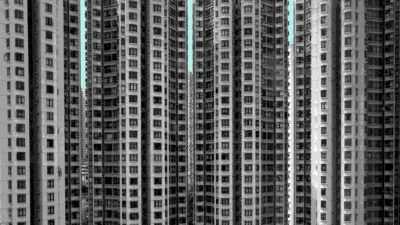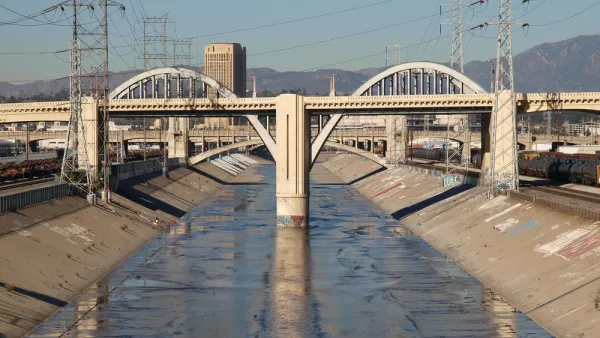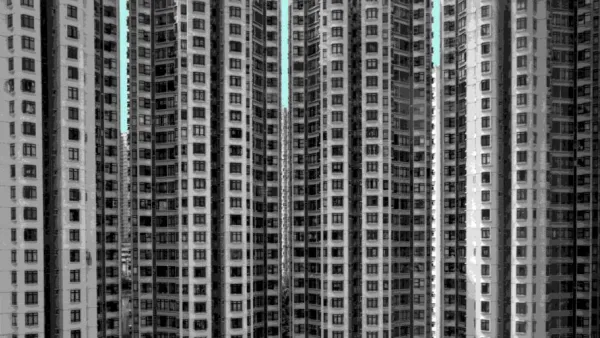A versatile building material with a long pedigree, concrete also has associations with ugliness and totalitarianism. Its reinforced variety, widely used today, can conceal a costly flaw.

From ancient Rome to modern China, concrete is one of humanity's favorite building materials. Tim Harford looks at concrete's history and how we view it. "Architecturally, concrete implies lazy, soulless structures: ugly office blocks for provincial bureaucrats; multistory parking garages with stairwells that smell of urine. Yet it can also be shaped into forms that many people find beautiful—think of the Sydney Opera House, or Oscar Niemeyer's cathedral in Brasilia."
Concrete is versatile, but it isn't easily repurposed. "That's the fundamental contradiction of concrete: incredibly flexible while you're making something, utterly inflexible once it's made." It's also long-lasting, and will outlive materials like wood and metal.
But that's not necessarily the case for all buildings constructed from concrete. Harford writes, "Reinforced concrete is much stronger and more practical than the unreinforced stuff. It can span larger gaps, allowing concrete to soar in the form of bridges and skyscrapers. But here’s the problem: if cheaply made, it will rot from the inside as water gradually seeps in through tiny cracks in the concrete and rusts the steel."
There are methods to prevent that decay, but it's already causing problems in the U.S., and will soon cause issues in China's "concrete forests" of high-rise housing. Harford suggests that perhaps concrete is best used where it can immediately improve needy people's lives, and gives us several examples.
FULL STORY: How Concrete Cemented Its Place in History

National Parks Layoffs Will Cause Communities to Lose Billions
Thousands of essential park workers were laid off this week, just before the busy spring break season.

Retro-silient?: America’s First “Eco-burb,” The Woodlands Turns 50
A master-planned community north of Houston offers lessons on green infrastructure and resilient design, but falls short of its founder’s lofty affordability and walkability goals.

Delivering for America Plan Will Downgrade Mail Service in at Least 49.5 Percent of Zip Codes
Republican and Democrat lawmakers criticize the plan for its disproportionate negative impact on rural communities.

Test News Post 1
This is a summary

Test News Headline 46
Test for the image on the front page.

Balancing Bombs and Butterflies: How the National Guard Protects a Rare Species
The National Guard at Fort Indiantown Gap uses GIS technology and land management strategies to balance military training with conservation efforts, ensuring the survival of the rare eastern regal fritillary butterfly.
Urban Design for Planners 1: Software Tools
This six-course series explores essential urban design concepts using open source software and equips planners with the tools they need to participate fully in the urban design process.
Planning for Universal Design
Learn the tools for implementing Universal Design in planning regulations.
EMC Planning Group, Inc.
Planetizen
Planetizen
Mpact (formerly Rail~Volution)
Great Falls Development Authority, Inc.
HUDs Office of Policy Development and Research
NYU Wagner Graduate School of Public Service




























